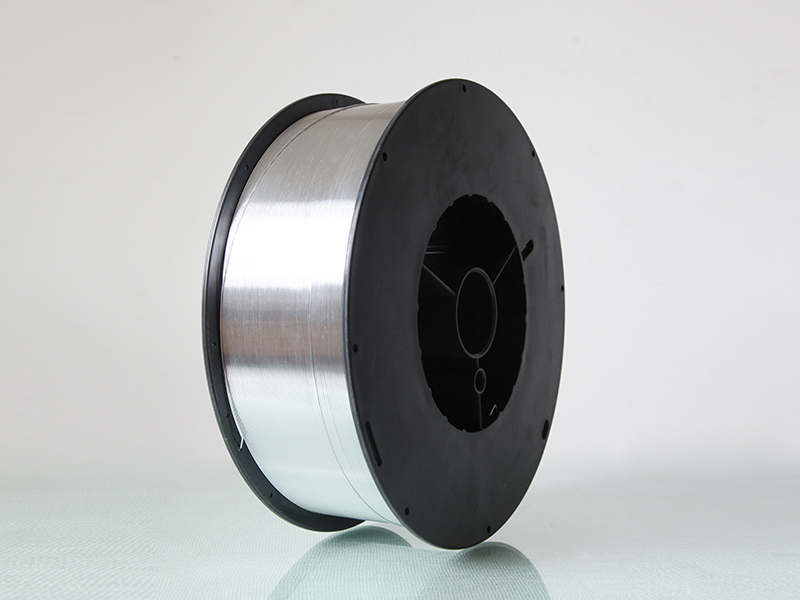How to choose the right aluminum alloy wire for 3D printing
Choosing the right aluminum alloy wire for 3D printing is crucial to ensure the quality of printing and the performance of the finished product. Here are some key factors to help you make an informed choice.
1. Material composition
The composition of aluminum alloy wire directly affects its printing performance and the characteristics of the final product. Common types of aluminum alloys include 6061 and 7075, which differ in strength, toughness, and corrosion resistance. 6061 aluminum alloy is suitable for a wide range of applications and has good processability and strength; while 7075 is more rugged and suitable for applications with extremely high strength requirements.
2. Printing parameters
The optimal printing parameters (such as temperature, printing speed, and layer thickness) for each aluminum alloy wire may be different. Make sure to consult the printing recommendations provided by the manufacturer and debug your 3D printer for the best results. Generally speaking, aluminum alloy wires are printed at higher temperatures, usually between 200-300°C.
3. Printer compatibility
Not all 3D printers are suitable for using aluminum alloy wires. Some high-end printers have specially designed nozzles and heating systems to handle metal wires, which ordinary FDM printers may not be able to do. Before choosing aluminum alloy wire, confirm whether your printer supports it.
4. Post-processing requirements
Aluminum alloy prints often require post-processing to improve surface finish and strength. Choosing aluminum alloy wires that are easy to post-process can simplify subsequent work. Understand the machinability of different aluminum alloys, such as whether they are easy to polish, paint, or machine.
5. Cost and supply
Aluminum alloy wires are relatively expensive, so consider your budget when choosing. At the same time, ensure that the supply chain of the selected material is stable to avoid production schedules being affected by shortages.
6. Application requirements
Finally, choose the right aluminum alloy wire based on your specific application. If you need a lightweight and high-strength part, you can give priority to 7075; if you have higher requirements for cost and machinability, 6061 may be a better choice.
Choosing the right aluminum alloy wire for 3D printing requires a comprehensive consideration of material composition, printing parameters, compatibility, post-processing requirements, cost, and specific applications. By carefully evaluating these factors, you will be able to select the aluminum alloy wire that best meets your needs and ensure high-quality printing results.

NEXT:Comparative study on the performance of aluminum alloy welding wire and other alloy welding wires
Related Products
-
 View More
View More
5154 Aluminum Alloy Welding Wire
-
 View More
View More
ER4043 Silicon Aluminum Welding Wire
-
 View More
View More
ER4047 Aluminum Mig Welding Wire
-
 View More
View More
ER5154 Al-Mg Alloy Wire
-
 View More
View More
ER5087 Magnesium Aluminum Welding Wire
-
 View More
View More
Aluminum Welding Wire ER5183
-
 View More
View More
Aluminum Welding Wire ER5356
-
 View More
View More
ER5554 Aluminum Welding Wire
-
 View More
View More
ER5556 Aluminum Welding Wire
-
 View More
View More
ER1100 Aluminum Welding Wire
-
 View More
View More
ER5754 Aluminum Welding Wire
-
 View More
View More
ER2319 Aluminum Welding Wire
 English
English Deutsch
Deutsch
 English
English Deutsch
Deutsch

